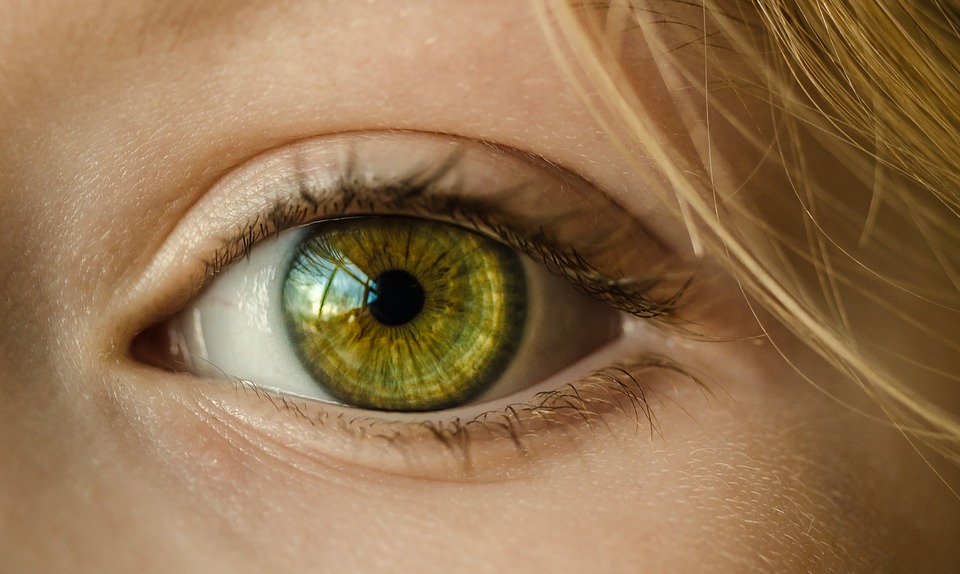
No matter how old you are, taking care of your vision is of huge importance. From a young child to an elderly adult, you need to give your eyes the TLC they deserve.
An eye test with an experienced professional will involve carrying out a number of checks to determine how healthy your eyes are and whether you are suffering from one of the common eye conditions, i.e. hyperopia, myopia, or astigmatism.
They will then make sure you get the right glasses and/or contact lenses for your needs. Eyesight can easily deteriorate or improve over time, which is why one eye test is never enough.
They may also advise you to book an appointment with another specialist, for example, you may need a hearing appointment as well, as there are some symptoms that connect both vision and hearing problems.
Let’s take a look at the three common eye conditions in further detail…
Hyperopia/Long-sightedness
Hypermetropia, more commonly known as long-sightedness, occurs when you have no trouble viewing things that are far away, yet objects that are close to you appear blurry. You may also find it difficult to focus on objects close to your eyes and you may feel that your eyes are often tired.
What causes hypermetropia?
– A flat cornea. The cornea should be curved so that it can direct light onto the retina.
– Shorter eyeballs than usual. If your eyeballs are shorter than usual, i.e. shorter than 23mm, it can result in light travelling past the retina rather than being directed to it.
In most cases, this is a genetic condition. Young children and babies can be diagnosed with hyperopia, yet it then corrects itself because as the child grows their eyeballs lengthen. You should be mindful, though, that a lazy eye could develop in a child that has hypermetropia because the brain ignores the eye with the weakest vision. If this is not corrected in a young child, there is a high risk that they will always have one eye that is considerably weaker than the other.
Myopia/Short-sightedness
Myopia is the opposite of hypermetropia. Also referred to as short-sightedness or near-sightedness, this is when an individual has trouble seeing things that are far away. You may have no issue performing close-up tasks, yet you can’t seem to read road signs because they appear blurry.
What causes myopia?
Myopia tends to happen because the eye has grown too long, i.e. longer than 23mm. Because of this, the light falls short of hitting the correct place in the retina, which results in blurred vision. Some people also experience headaches and eyestrain, which range in severity.
Astigmatism
Astigmatism is typically a minor condition, which can result in blurred vision. It occurs because of an unusually shaped lens or cornea. The lens is typically shaped like a tennis ball. However, those with astigmatism have a cornea that is more like a rugby ball in shape. This causes blurred vision because light ends up being focused on two points, rather than one, which makes it hard to focus. There are a number of reasons why you may develop astigmatism. It can happen due to an eye operation or injury, you can develop it as you get older, and it can sometimes be inherited and be present at birth.